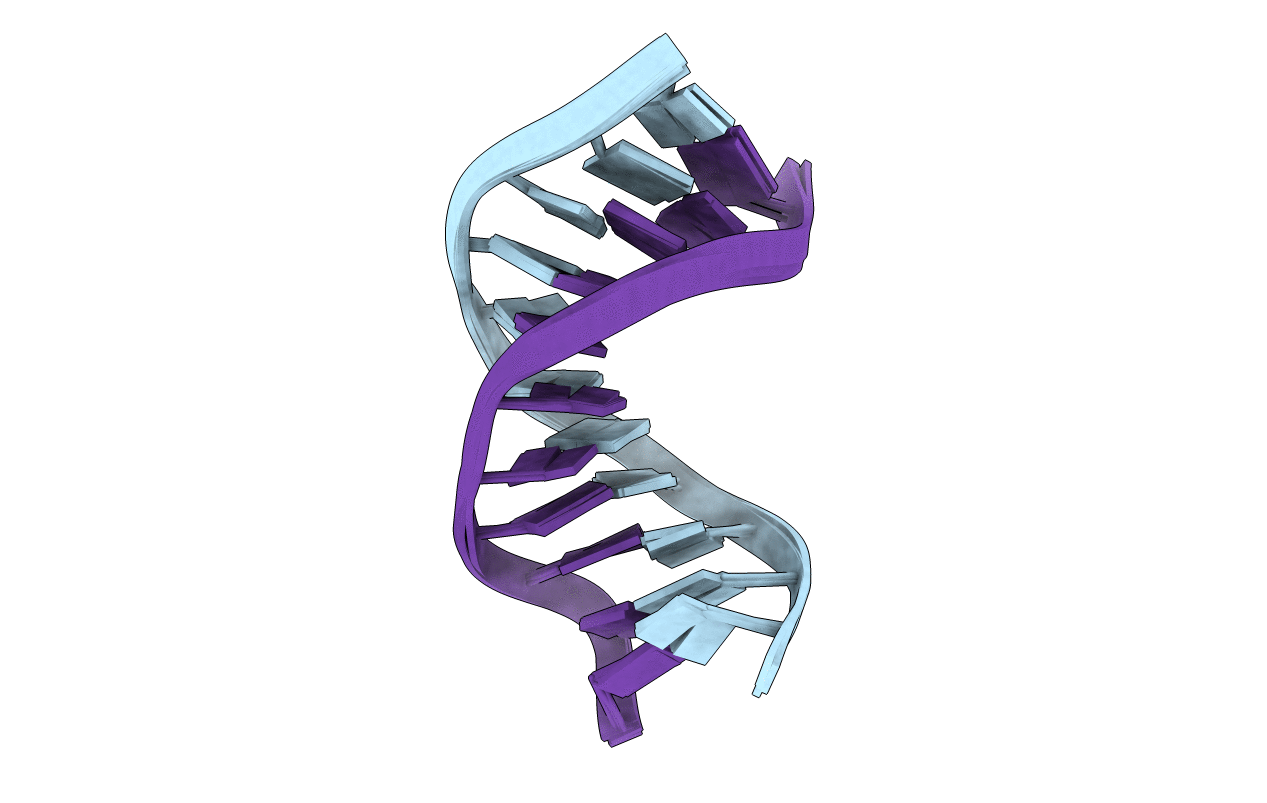
Deposition Date
2011-11-03
Release Date
2012-09-19
Last Version Date
2024-05-15
Entry Detail
Biological Source:
Source Organism:
Method Details:
Experimental Method:
Conformers Calculated:
100
Conformers Submitted:
5
Selection Criteria:
structures with the lowest energy


